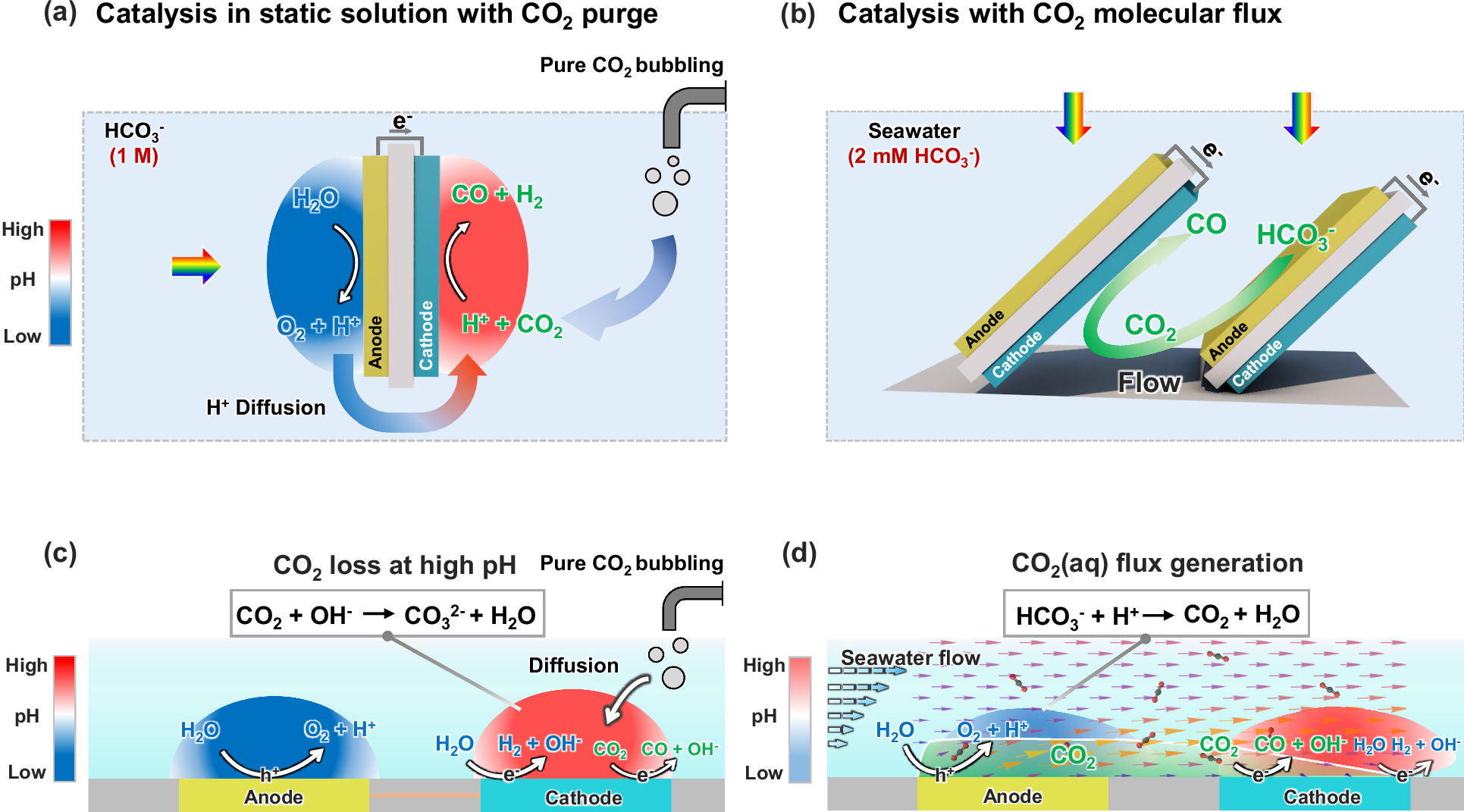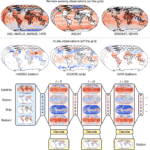2025-07-07 イェール大学
<関連情報>
- https://engineering.yale.edu/news-and-events/news/making-fuels-sunlight
- https://www.nature.com/articles/s41467-025-56106-3
分子フラックス生成によるミリモル溶存炭素の太陽駆動選択的燃料化 Solar-driven selective conversion of millimolar dissolved carbon to fuels with molecular flux generation
Bin Liu,Zheng Qian,Xiang Shi,Haoqing Su,Wentao Zhang,Atsu Kludze,Yuze Zheng,Chengxing He,Rito Yanagi & Shu Hu
Nature Communications Published:12 February 2025
DOI:https://doi.org/10.1038/s41467-025-56106-3

Abstract
The direct utilization of dissolved inorganic carbon in seawater for CO2 conversion promises chemical production on-demand and with zero carbon footprint. Photoelectrochemical (PEC) CO2 reduction (CO2R) devices promise the sustainable conversion of dissolved carbon in seawater to carbon products using sunlight as the only energy input. However, the diffusion-dominant transport mechanism and the near-zero concentration of CO2(aq) (CO2 dissolved in aqueous solution) in static seawater has made it extremely challenging to achieve high solar-to-fuel (STF) efficiency and high carbon-product selectivity. Here, where CO2(aq) as a reactant generated in situ by acidification of HCO3– flows continuously from BiVO4 photoanodes to Si photocathodes, enabling a single-step conversion of dissolved carbon into products. Our PEC device significantly increases the CO selectivity from 3% to 21%, which approaches the 30% theoretical limit according to multi-physics modeling. Meanwhile, the Si/BiVO4 PEC CO2R device achieved a STF efficiency of 0.71%. Such flow engineering achieves flow-dependent selectivity, rate, and stability in simulated seawater, thus promising practical solar fuel production at scale.



